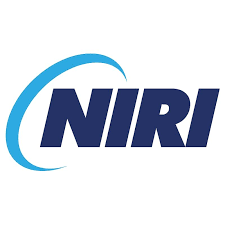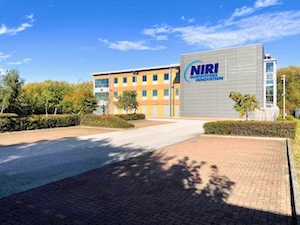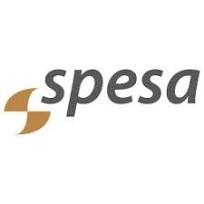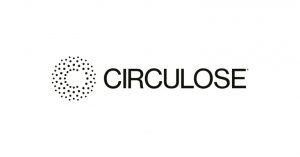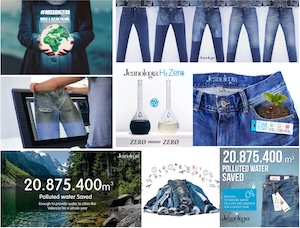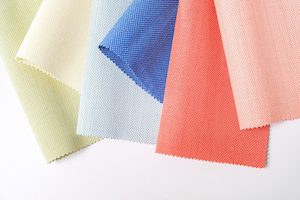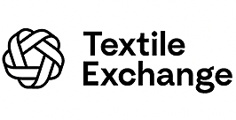 LONDON — December 12, 2025 — Textile Exchange has published the final criteria for its Materials Matter Standard—a major milestone in the organization’s multi-year transition toward a unified, impact-driven standards system for raw material production and primary processing.
LONDON — December 12, 2025 — Textile Exchange has published the final criteria for its Materials Matter Standard—a major milestone in the organization’s multi-year transition toward a unified, impact-driven standards system for raw material production and primary processing.
 For more than 20 years, the global nonprofit has been developing and maintaining leading material sustainability standards. Today, over 90,000 sites worldwide are certified to one of its programs, including the Global Recycled Standard and Responsible Wool Standard. Now, the release of the Materials Matter Standard criteria marks an important step in connecting this work more directly to measurable outcomes for climate, nature, people, and animals.
For more than 20 years, the global nonprofit has been developing and maintaining leading material sustainability standards. Today, over 90,000 sites worldwide are certified to one of its programs, including the Global Recycled Standard and Responsible Wool Standard. Now, the release of the Materials Matter Standard criteria marks an important step in connecting this work more directly to measurable outcomes for climate, nature, people, and animals.
Textile Exchange began developing the new framework in 2021 with a clear goal: to align the ambition, rigor, and expected results across its material-specific standards and transition the industry into a more coherent, science-aligned way to measure and verify impact.
Since then, the organization has worked closely with stakeholders from across the supply system to design and test a framework that is both robust and workable in real-world production systems. Built on a combination of practice-based and outcome-based expectations, the standard includes comprehensive criteria for land management, animal welfare, human rights and livelihoods, and primary processing, which covers water, chemical, and energy use, as well as waste and emissions management.
The criteria were developed over five years in close collaboration with a designated International Working Group made up of brands, retailers, suppliers, producers, NGOs, and technical specialists. Two publicly consulted drafts and a pilot version, tested in key material production regions from Peru to Italy, have helped refine the framework, alongside extensive work to ensure alignment with the ISEAL Code of Good Practice for Sustainability Systems.
The first version of the Materials Matter Standard includes all materials currently covered by Textile Exchange’s Responsible Animal Fiber framework, including wool, alpaca, mohair, as well as recycled materials, as currently covered in the Global Recycled Standard (GRS) and Recycled Claims Standard (RCS). Organic cotton, which has long been an integral part of Textile Exchange’s standards system, will continue to play a central role through a gradual transition pathway for the Organic Content Standard into the Materials Matter System. This pathway will preserve essential functions such as traceability while strengthening the system to enable more holistic, farmer-centered outcomes.
Looking ahead, Textile Exchange intends to expand the system through partnerships with credible programs that align with their shared vision for climate and nature impact. This includes exploring pathways for fibers such as cotton produced through preferred production systems and man-made cellulosic fibers. By collaborating with established partners and bringing efforts together under one framework, Textile Exchange aims to reduce duplication, ease the burden on suppliers, and enable brands to more easily source materials that deliver measurable benefits on the ground. This partnership-driven approach is designed to broaden opportunity and impact across the industry while accelerating progress for climate, nature, people, and animals.
Today, the publication of the final criteria marks the first phase of the transition. The Materials Matter Standard will become effective on December 31, 2026, meaning that sites can start to get certified, and will be mandatory from December 31, 2027. Organizations may continue using Textile Exchange’s current standards until this date to ensure a smooth shift for certified sites globally.
Ultimately, the goal of the Materials Matter Standard is to provide brands, suppliers, and producers with a credible mark that links production practices to measurable outcomes—supporting the industry’s move toward integrity and accountability at scale. To support this transition, Textile Exchange has also released the Materials Matter Claims and Labeling Policy, which guides brands in communicating certification to the Materials Matter Standard with clarity and accuracy, strengthening consumer trust and ensuring claims remain grounded and responsible.
Together, these documents form the basis of a transparent and trusted framework that provides certification users with a reliable way to substantiate the environmental and social information they share about their products. In the coming months, Textile Exchange will continue to provide its community with practical information on certification to the new standard through the release of further policies and guidance, as well as close collaboration on piloting certification procedures.
Today, the launch of the final Materials Matter Standard criteria represents a significant step toward Textile Exchange’s vision: a world where materials have lasting value, leading to thriving communities and landscapes.
Claire Bergkamp, CEO of Textile Exchange, said:
“The Materials Matter Standard is more than a certification; it’s a commitment to driving measurable impact at the very start of the supply system. By aligning expectations and outcomes across the industry, this standard accelerates progress toward climate and nature goals and ensures that sustainability becomes a shared responsibility.”
Ashley Gill, Chief Standards and Strategy Officer at Textile Exchange, said:
“The Materials Matter System strengthens integrity, reduces complexity, and connects best practices to real outcomes. By consolidating our existing standards into one system, we’re creating a clearer, more scalable pathway to systemic change across the textile and apparel industry.”
Posted: December 16, 2025
Source: Textile Exchange
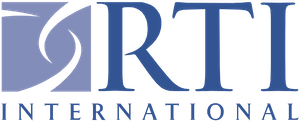 RESEARCH TRIANGLE PARK, N.C. — December 16, 2025 — LOOM Carbon and independent scientific research institute RTI International today announced a strategic research collaboration. The partnership will enable the scaling of LOOM’s proprietary thermal chemical recycling platform designed to transform non-recycled and hard-to-recycle textile waste into sustainable carbon-neutral materials.
RESEARCH TRIANGLE PARK, N.C. — December 16, 2025 — LOOM Carbon and independent scientific research institute RTI International today announced a strategic research collaboration. The partnership will enable the scaling of LOOM’s proprietary thermal chemical recycling platform designed to transform non-recycled and hard-to-recycle textile waste into sustainable carbon-neutral materials.
